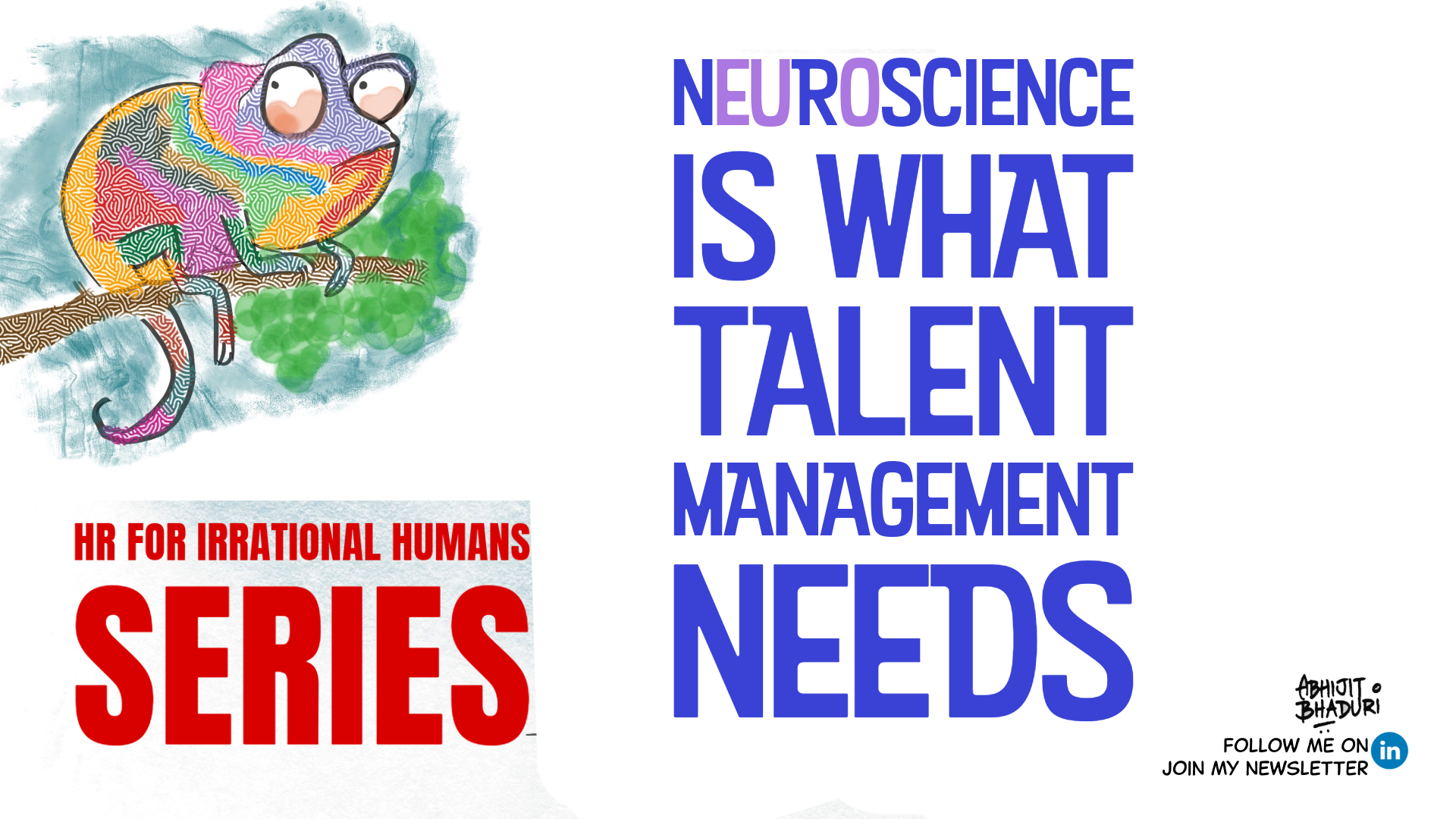
This is a new series called HR for Irrational Humans. read Episode 1 and Episode 2 here
Businesses are grappling with a talent paradox. Despite massive investments in learning and development, employee engagement remains stubbornly low. Training programs fail to stick, feedback sessions backfire, and high-potential employees quietly disengage. The problem isn’t what we’re doing—it’s that we’re fighting against how the human brain actually works.
Here’s how neuroscience can solve three critical talent management challenges every organization faces.
Problem 1: Training That Doesn’t Stick
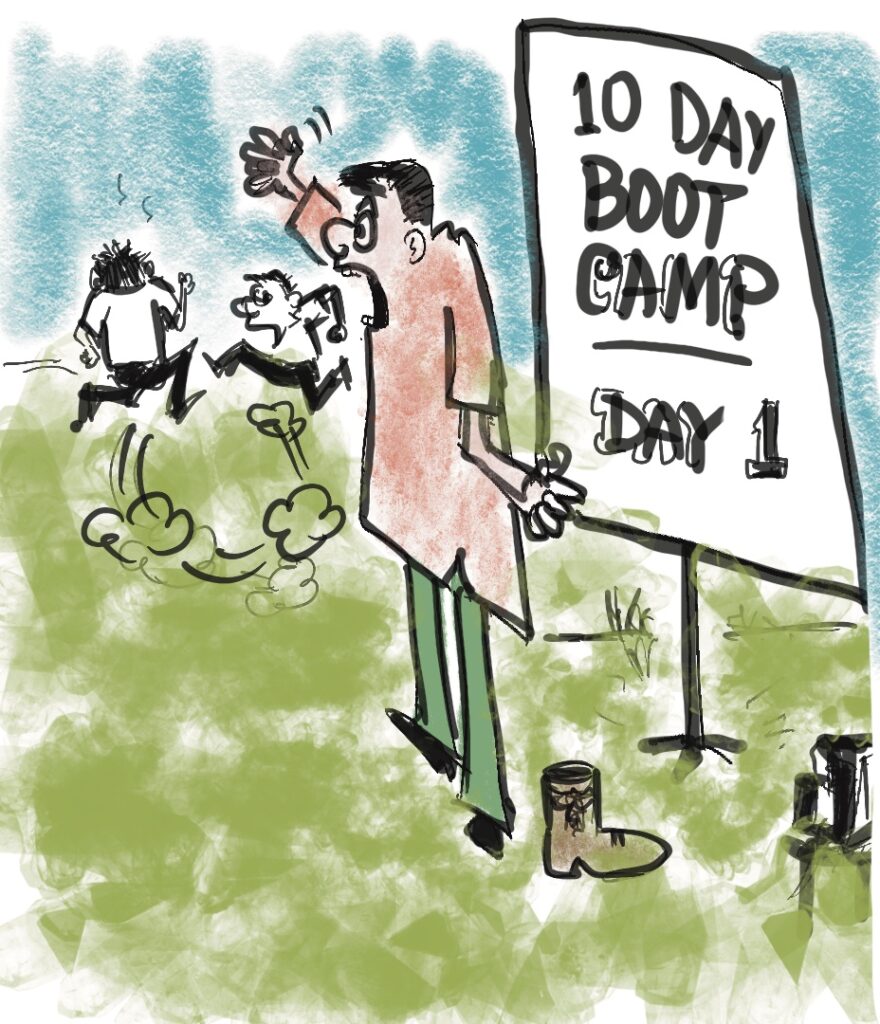
Most companies pour crores into elaborate training programs that employees forget within weeks. The culprit? We’re designing learning for machines, humans.
Your brain’s prefrontal cortex—think of it as the CEO of your mental operations—has the attention span of a smartphone battery. Just as your phone drains faster when running multiple apps, your brain’s decision-making power depletes throughout the day. That’s why cramming eight hours of leadership training into a single day is not effective.
The neuroscience solution lies in understanding neuroplasticity—your brain’s ability to rewire itself. Think of learning a new skill like creating a walking path through a forest. The first time, you’re pushing through thick undergrowth. But each repetition clears the trail a little more, until eventually you have a highway.
Replace marathon training sessions for “microlearning”—bite-sized lessons spread across weeks. Shifting from week-long technical bootcamps to daily 15-minute skill-building sessions can lead to better knowledge retention.
Problem 2: Feedback That Triggers Fear, Not Growth
Annual performance reviews are where careers go to die. Despite good intentions, these sessions often trigger what neuroscientists call “amygdala hijack”—when your brain’s alarm system shuts down rational thinking.
Imagine your amygdala as an overprotective security guard. The moment it detects threat—whether it’s a charging tiger or harsh criticism from your boss—it slams the emergency brake on your thinking brain. Your employee isn’t being defensive; their brain has literally switched into survival mode.
This is why public feedback sessions and surprise performance conversations often backfire spectacularly. The brain processes social rejection the same way it handles physical pain. When an employee feels blindsided or embarrassed, they’re not thinking about improvement—they’re just trying to survive the encounter.
The neuroscience fix? Create psychological safety before delivering feedback. Share specific observations rather than broad judgments. Instead of “You need to improve your communication skills,” try “In yesterday’s client meeting, when you interrupted the CFO it broke his chain of thought. What are ways in which you can get your ideas across without breaking someone’s chain of thought.”
Problem 3: High Performers Who Quietly Check Out
Your star employees aren’t leaving for better salaries—they’re leaving because their brains are starving for dopamine, the anticipation chemical that fuels motivation.
Dopamine surges when you’re chasing a goal. The anticipation, not the reward, creates the energy. The anticipation of the reward creates the dopamine rush.
Most career paths in Indian companies are opaque ladders that offer little visibility into what’s next. High performers can see their current role clearly but have no compelling vision of their future. Without anticipation, motivation withers.
Companies solving this create what neuroscientists call “dopamine trails”—visible pathways that make progress tangible. Design a career progression platform that doesn’t just list job levels; it shows employees exactly which skills, projects, and experiences will unlock their next role. Each milestone becomes a dopamine trigger, maintaining engagement even during routine work.
The Brain-Based Talent Strategy
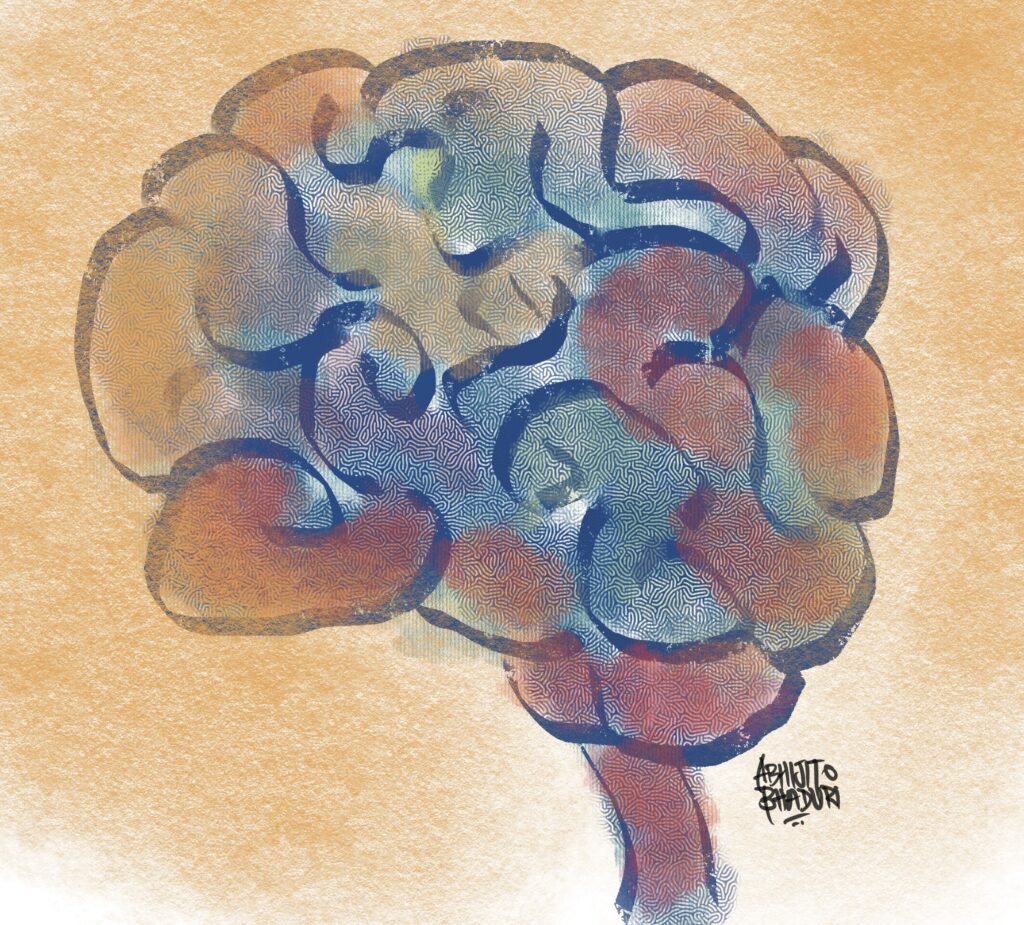
The most successful talent strategies work with the brain, not against it. They recognize that employees aren’t malfunctioning machines—they’re sophisticated neural networks that respond predictably to specific inputs. The future of talent management isn’t more technology or better policies—it’s better neuroscience. Because when you design for how the brain actually works, everything else falls into place.
Do you think using neuroscience would improve your experience as an employee? Leave me a comment. Would love to know


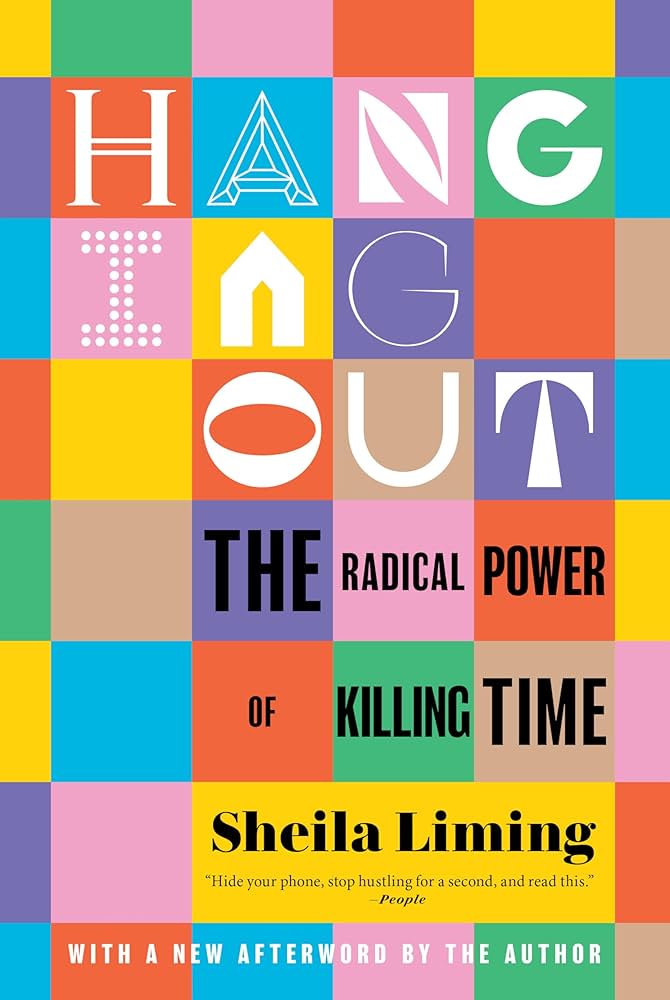
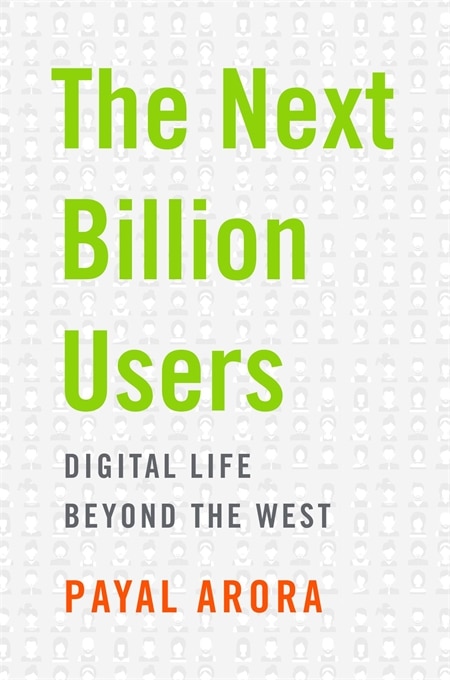
Leave a Reply